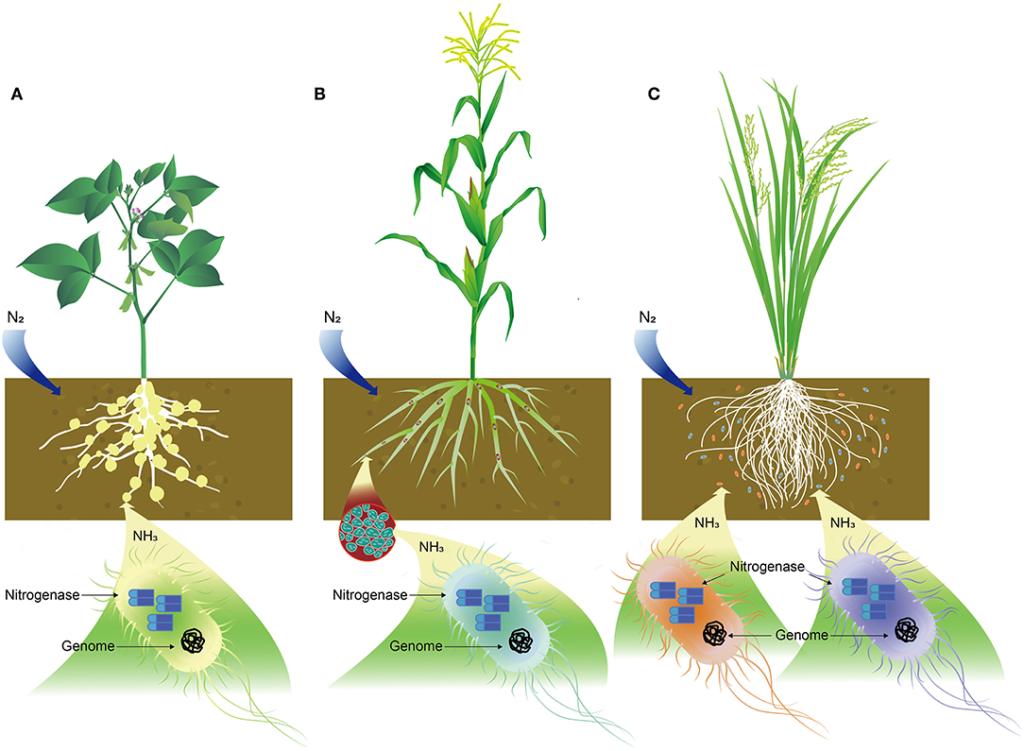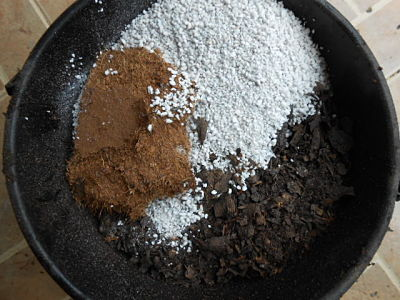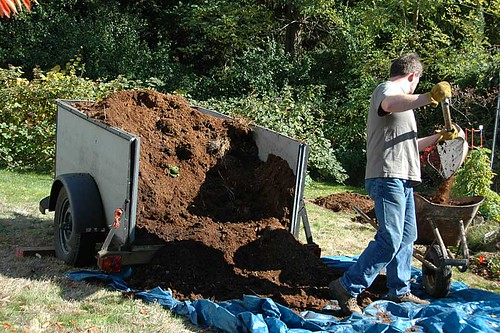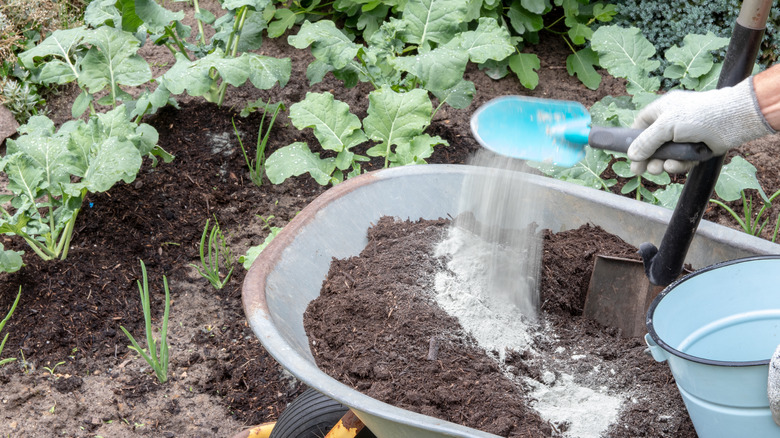A Resourceful Guide
Using Flour in the Garden: A Resourceful GuideBy Barbara Pleasant, September 7, 2023
Discovering a forgotten bag of flour in your pantry might seem unremarkable, but did you know it can serve as a valuable addition to your garden? Whether enriching soil, enhancing compost, or marking garden lines, flour offers surprising benefits. Here’s an in-depth look at how you can put old flour to good use outdoors.
Flour as a Soil Enricher
Flour contains nitrogen, an essential nutrient for plant growth, alongside micronutrients like calcium and magnesium. Nitrogen levels vary depending on the type of flour, with chickpea flour topping the list and whole wheat flour following as a solid choice at 2.5% nitrogen. Beyond its nutrient content, flour feeds soil microbes with organic matter, promoting healthy soil ecosystems.

How to Use Flour as Fertilizer:
- Apply Moderately: Dust a thin layer of flour onto the soil.
- Incorporate Thoroughly: Mix it well into the soil to prevent clumping.
- Moisture is Key: Water the area thoroughly and keep the soil moist for about a week.
- Monitor for Fungi: Expect harmless fungal patches initially, which are signs of microbial activity.
Research from the University of Arkansas shows that flour proteins decompose entirely within 30 days under normal soil conditions. Gardeners report no adverse effects on seed germination, debunking myths that gluten might hinder growth. In fact, vegetables like spinach, radishes, and beets thrive in flour-enhanced soil.
Flour in Compost
Adding flour to compost is another excellent way to recycle this pantry staple. Sprinkle small amounts between layers of coarse organic matter to avoid creating a sticky mess. The tiny particles break down quickly, enriching the compost without attracting pests.
While uncooked flour may harbor bacteria like Salmonella or E. coli, rest assured these microbes already exist in your garden. Composting safely breaks down pathogens, ensuring no harm to your soil or plants.

Practical Uses Beyond Fertilizer
Flour’s fine texture and affordability make it a versatile tool for marking garden lines or layout features:
- Use it to define new beds, walkways, or other landscaping projects.
- Flour lines in grass often persist through the season, creating a clear, visible guide.
Gardeners have long embraced flour as an alternative to string or chalk. For example, small-town baseball teams used flour to mark field lines, leaving vibrant green traces on the grass.
A Dose of Garden Humor
Flour’s unconventional gardening use has sparked lighthearted jokes among enthusiasts:
- “Add yeast to create a raised bed!”
- “Self-rising flour saves you the trouble!”
- “Plant flowers in flour-enhanced soil for a true ‘flour flower bed.’”
One gardener even recounted using cake mix in their compost pile, inspiring a laugh about cake “recipes” lost in the rain.

Final Thoughts
Flour’s unexpected gardening applications showcase its potential as an eco-friendly, cost-effective resource. Whether enriching soil, boosting compost, or aiding garden planning, this common household item can find a second life in your outdoor space. So, next time you stumble upon an expired bag of flour, think twice before tossing it—it just might be the secret ingredient your garden needs!
